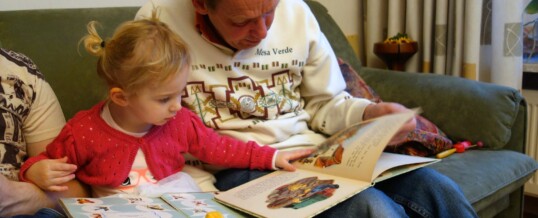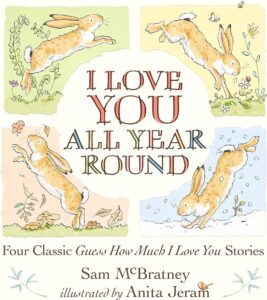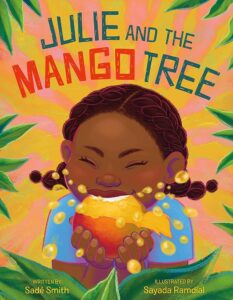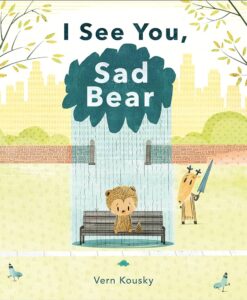
I Love You All Year Round, by Sam McBratney
This is the 15th anniversary of “Guess How Much I Love You All Year Round.”
This book is a set of Four Seasonal Stories. The summer story is about making choices. Little Nutbrown Hare asks Big Nutbrown Hare which shade of blue he likes the best. There are so many blues: blue sky, blue flowers, blue butterfly and blue water. Big Nutbrown Hare chose the sky blue color as his favorite. Sometimes it is hard for young children to choose one thing. This story helps them practice choosing and knowing that there are many good choices. They can choose the one that is just right for them.
Julie and the Mango Tree, by Sade´ Smith
Julie lives in Jamaica. She wishes every day that the fruit from the mango tree will drop down from the tree. She finds out her wishes don’t come true. But the weather helps her get a mango or two. Sometimes young children believe in magical thinking and that if they wish for something, the wish will come true. Wishing didn’t help Julie – but the wind from the storm did.
I See You, Sad Bear, by Vern Kousky
Bear is sad and his friend wonders with him why he is sad, having big feelings. His friend comforts him in different ways and tries to help him talk about his feelings. Talking to children about big feelings can make those feelings feel smaller. The book also shows ways to be a kind friend.
How to pick a great children’s book
The selection of books is as important as the selection of toys. Young children have incomplete information for understanding the world around them, which results in what we often refer to as “magical thinking”: explanations for things that don’t make sense to adults. Magical thinking can make it difficult to know what’s going on in a child’s mind, and may lead to unexpected reactions of fear or stress.
Here are some thoughts about selecting appropriate books:
- Look for pictures that may be scary to a young child. Is there a fire? Do the animals have long sharp teeth? Are there depictions of things that you know are troubling to your child specifically?

Acierno
- Is the vocabulary suitable? Are the words scary, like yelping, snarling and hissing sounds. Are there references to violence or antisocial behavior – fighting or throwing things?
- Is it developmentally appropriate? Books for young children should be uncluttered and simple with a clear presentation of the important concepts. The first words that children learn are nouns – the objects of everyday life.
For more insights about selecting books and reading with young children, look at our original list of 100 great children’s books.
Book links go to Amazon and generate a small donation to Hanna Perkins Center when used to make a purchase.
Other blog posts that might be of interest:
APR
2024





About the Author:
Bob Rosenbaum manages the website and other communications functions for Hanna Perkins Center.